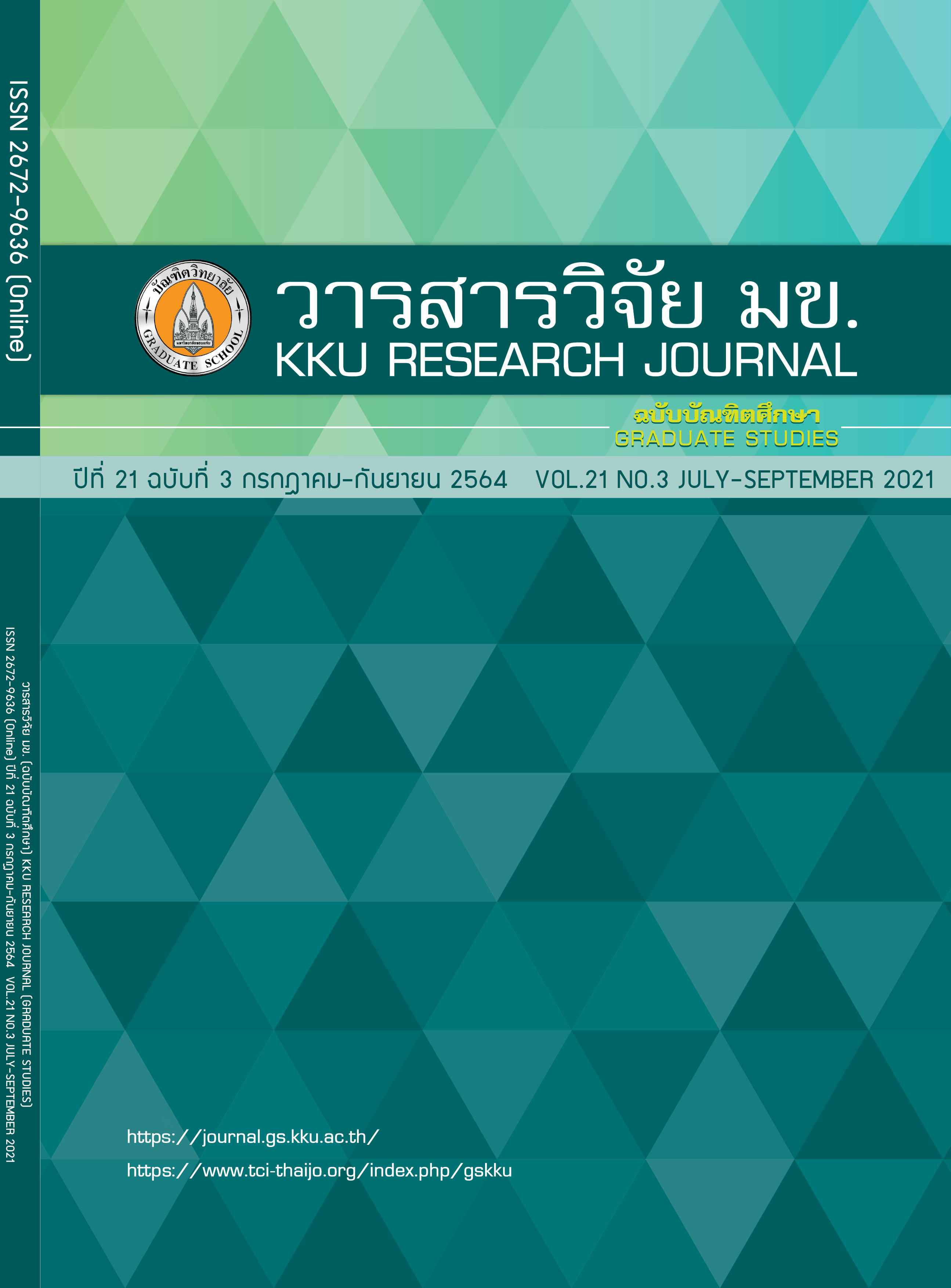Simulation Modeling to Increasing the Efficiency Semi-trailer Production
Keywords:
Simulation modeling, Efficiency improvement, Semi-trailer productionAbstract
This article aims to design and develop a discrete event simulation for the production of semi-trailers in a case-study company. Since the current production of two semi-trailer types is not enough to meet the customer demands, it could not deliver the products on time. The comparison of system behavior, to determine the appropriated approach to increase the production efficiency, is therefore studied. The simulation model has been built using a software program such as Arena, and validated and verified for accuracy so that it can be used as the real production system. In addition, the possible improvement of production efficiency in three ways such as resource sharing, adding the special equipment to the bottleneck point, and production line merging was also simulated. The comparison of all situation results shown that the proposed approach can increase the number of semi-trailers of both types from 40 trucks per month to 48 trucks per month.
References
Samanphan W. Plant Layout Design for Reducing Transfer Distance between Work Stations in Hard Disk Drive Industry by Using Simulation [MEng thesis]. Bangkok: Kasetsart University; 2012. Thai.
Ua-areemitr S. Improvement of Process Layout Using Simulation: Case Study of Garment Factory [MSci thesis]. Bangkok: Chulalongkorn University; 2007. Thai.
Chantarasamai K, Lasunon O. Plant Layout Design and Process Improvement in Wood Sliding Door Manufacture. Naresuan University Journal: Science and Technology. 2017; 25(3): 146-155. Thai.
Suhardini D, Septiani W, Fauziah S. Design and Simulation Plant Layout Using Systematic Layout Planning. IOP Conf. Series: Materials Science and Engineering. 2017; 277: 1-8.
Tahar RBM, Adham AAJ. Design and Analysis of Automobiles Manufacturing System based on Simulation Model. Modern Applied Science. 2010; 4(7): 130-134.
Baraka JM, Naicker AK, Singh R. Discrete Event Simulation Modeling to Improve Productivity on An Automotive Production Line. Proceedings of CIE42; 2012 July 16-18; Cape Town, South Africa, p.124(1-12).
Rybicka J, Tiwari A, Enticott S. Testing a Flexible Manufacturing System Facility Production Capacity through Discrete Event Simulation: Automotive Case Study. International Scholarly and Scientific Research & Innovation. 2016; 10(4): 668-672.
Omogbai O, Salonitis K. Manufacturing System Lean Improvement Design using Discrete Event Simulation. Procedia CIRP. 2016; 57: 195-200.
Garriz C, Domingo R. Simulation, through Discrete Events, of Industrial Processes in Productive Environments. Procedia Manufacturing. 2017; 13, 1074-1081.
Saengkularb W, Tharmmaphornphilas W. Simulation Model for Operator Allocation In Head Gimbal Assembly Line. Engineering Journal Chiang Mai University. 2019; 26(1): 207-226. Thai.
Rattanaubol S, Srisuwannapa C. Simulation for Improving Service Effectiveness of Pediatric and Medical Clinics in Outpatient building of Phatthalung Hospital. Journal of Science Ladkrabang. 2013; 22(1): 107-116. Thai.
Chamnanlor C, Suksan K, Saibunna J. Simulation to Improve Service Performance of Outpatient Department in Laem Chabang Hospital. SWU Engineering Journal. 2018; 13(1): 1-6. Thai.
Banks J, Carson JS, Nelson BL, Nicol DM. Discrete-event system simulation. 4th ed. Upper Saddle River, New Jersey: Prentice-Hall; 2005.



